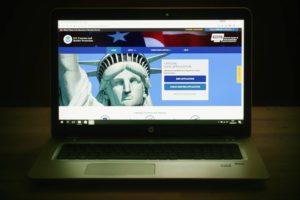As a travel manager, you understand the powerful insights contained in your BCD Travel DecisionSource® data reports. The challenge is how to communicate program performance metrics to stakeholders outside of your travel program. To create reports that resonate with non-travel executives, start with these simple tips:
- Know your audience.
We all bring unique priorities, working styles and personality types to our roles. When you’re creating reports for non-travel stakeholders, think about their needs and how they like to receive information.
- Travelers and human resources representatives generally respond well to an empathetic communication style that focuses on employee service and convenience.
- Finance and procurement professionals need to see the numbers.
- Executives like big-picture metrics that demonstrate how your efforts affect the whole organization.
- Keep it short and straightforward.
No matter the audience, time is a scarce commodity, so offer the most compelling information early. Use visuals and avoid travel jargon and acronyms. If you grab their attention in the first eight seconds—and then keep your whole presentation brief—they’ll listen. Ask yourself a few questions to get organized.
- What am I seeking from my audience? Do I want them to understand the program’s value? Am I seeking their buy-in for specific initiatives?
- How will I demonstrate success or opportunities? Should I show data related to savings, improvements in traveler behavior, specific compliance challenges—or something else?
- Is all my information actionable? (Keep in mind: Data without a purpose muddies your message.)
- Show the right data and choose compelling visuals.
Make sure the information and presentation fit your objectives and your audience. Ask yourself:
- Which two or three key performance indicators should take center stage in my presentation?
- Can supplier information give additional insights?
- Most important: Is my data timely?
Once you’ve chosen the right data, think through how you’ll present it. Does your audience prefer charts and graphs? Give them an easy-to-see PowerPoint. If they like lists, provide a post-presentation PDF. If they require a lot of detail, such as a tally of out-of-compliance travelers or departments, provide a spreadsheet.
- Finish strong.
Don’t overanalyze. Be bold about explaining conclusions that can be drawn from the data and offer options for action. Make sure any supplemental information you provide is clear, stays on point and supports your message. Tell stakeholders exactly what you need from them, and give them a deadline.
Discover how AstraZeneca’s travel leader uses data to demonstrate her program’s value to the business. Ask how BCD Travel can help you gain the actionable insights to improve your travel program.


